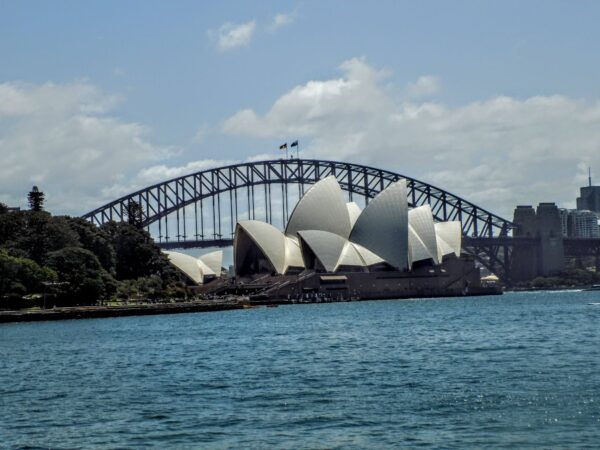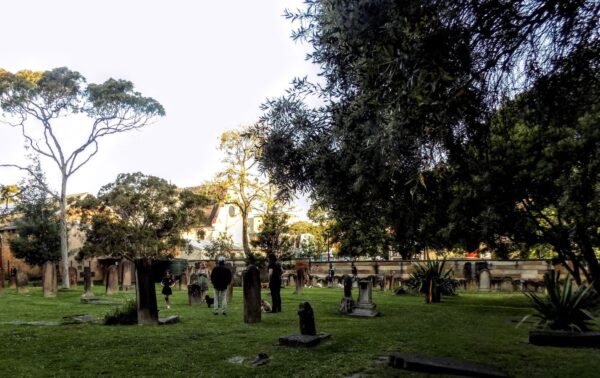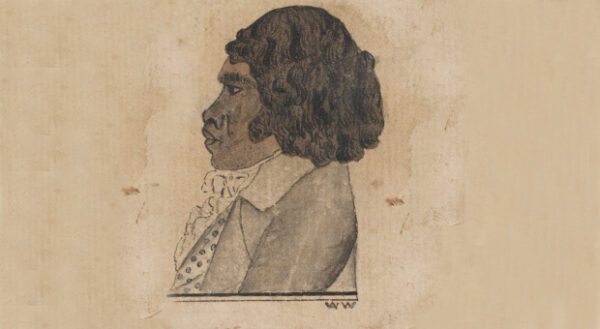When I started this series, I had been to 19 of the 44 cities that have hosted either the Summer or Winter Olympic Games. When I landed in Sydney on 28 October 2024, the tally increased to twenty and several weeks later when I reach Melbourne it will become the 21st such city. Although I recently finished writing about the group portion of my trip to Australia I will keep the same format I’ve used thus far. That is, I’ll briefly recap my time in Sydney, find some highlights of the Games the city hosted, look at some of the geology that shaped the city, and, in a bit of a departure, discuss the story of the first humans in the area. Before I start with my time in Sydney I will make the following Statement of Acknowledgement.
The travels reported in this journal will take me through places cared for by many family and language groups who are traditional caretakers and custodians of Country through their continuing connection to land, sea, air, culture and community. I acknowledge the custodianship and care of Country by all Aboriginal and Torres Strait Islander People and offer my respect to all Elders past, present, and emerging.
Please be aware that this site may contain images, footage, audio, or the writings of Aboriginal and Torres Strait Islander people who have died. I acknowledge them for the indelible mark they have left on cultural and creative practice.
Arrival – first day
While my first look at Sydney – Australia’s largest or second largest city – wasn’t quite as dramatic as my first look flying into Rio de Janeiro, I did easily spot the two icons for which it may be best known – the Harbour Bridge and the Sydney Opera House. For those who are somehow not familiar, from the ground, they look like this.

I encountered two shocks upon reaching Sydney on 28 October. The first was a temporal leap that placed me at a point where the time of day was now 16 hours ahead of where it would have been had I remained on the east coast of the United States. The second was the seasonal flip of moving from late autumn’s cooling and shortening days to the late spring and longer days of the southern hemisphere.
So, while Sydney’s clocks said it was 10:00 Monday morning, to my body it was still 18:00 Sunday and I should be stumbling into bed in four or five hours. That would be a rookie mistake and I took my usual approach of powering through the coming 12 hours so I’d be sleeping at night in my new location. I was joining a group from the tour operator called Road Scholar (RS) but had several hours before their first planned activity.
Rather than sitting around the hotel, I set off in search of two sites I’d obtained from Atlas Obscura – Forgotten Songs and the statue of Trim the cat. You can read about that in the post, I’m a Carton and I’m in Sydney but that doesn’t make me Sydney Carton.
Road Scholar occupied the rest of the day with a bus tour that had us eating lunch at a Returned Serviceman’s Association near Bondi (pronounced Bun-DYE) Beach – perhaps the most famous of Sydney’s 70 or so urban beaches. Afterward, we returned to the hotel, checked-in, had a bit of a rest, got an overview of the coming days, and shared our welcome dinner.
Tuesday was the lone day I had any significant time to explore on my own so after our group’s morning stops at the Harbour Bridge and the historic area of town called Tallawoladah by the Gadigal People but known as The Rocks to most Sydneysiders, I set off with a fellow RS traveler on two extended walks.

We first walked along the path marked above that had the harbor to our left and the Royal Botanic Gardens to our right. Eventually we found our way into the Garden and to the Botanic House Restaurant where we savored a long and delicious five course lunch.
Our next stop was Camperdown Cemetery which is the only surviving cemetery of the three main early cemeteries in Sydney. I’d planned a visit to Waverly Cemetery but our group leader was rather discouraging so I chose this as an alternate. (I’ve offered a thorough explanation of why I often visit cemeteries in this post.) It was a bit of a disappointment. It’s considerably smaller than it once was, hasn’t been a working cemetery for more than half a century leaving it a bit neglected, and is now something of a neighborhood dog park.

Wednesday – the actual day not the Addams family daughter
Three RS activities were supposed to be the highlight of our day on Wednesday and, to some extent, they were. We started our day with a morning visit to Taronga Zoo. (Taronga is a word from the language of the Cammeraigal People meaning either shoulder or sea-view that identifies the zoo’s location. As at The Rocks, Sydneysiders have a different name for the location – Bradley’s Head.)
The zoo visit is somewhat important because of the enormous number of species endemic to Australia – an estimated 3,000 vertebrates alone. While there we had a brief look at some and a discussion of some others.
From there we had a tour of the Sydney Opera House. The early British colonizers called the place where it sits Limeburners’ Point and the first Governor of New South Wales, Arthur Phillip, renamed it Bennelong Point to “honor” an Aboriginal man

[A portrait of Bennelong c1793 attributed to the artist George Charles Jenner Mitchell Library, State Library of NSW – DGB 10]
he had once kidnapped to serve as his go between with other Indigenous People. Long before the British arrived, the Gadigal People called the point Tubowgule or “where the knowledge and waters meet.”
The tour was interesting because we learned about the travails of constructing a building that’s now a UNESCO World Heritage Site and about which noted architect Frank Gehry said, “changed the image of an entire country.” The building’s design not only changed architecture but also provided the impetus for many advancements in engineering. It’s a fascinating story. Our group would return later that evening to see a performance of Sunset Boulevard at the Joan Sutherland Theatre.
RS kept us busy enough that, as you can see, my personal explorations of Sydney were rather limited. The deeper impression came from my initial exposure to the remnants of the world’s oldest human culture – that of the Indigenous People of Australia. I hope that my Acknowledgement of Country and inclusion of place names used by the longtime inhabitants of the land provide some clues to that.
Like most Berewalgal, I’d been exposed only to the picture of these People that their conquerors wanted me to see – mainly primitive and worthless. I was quickly learning that this was far from the truth and this became a focus throughout my Australian journey.